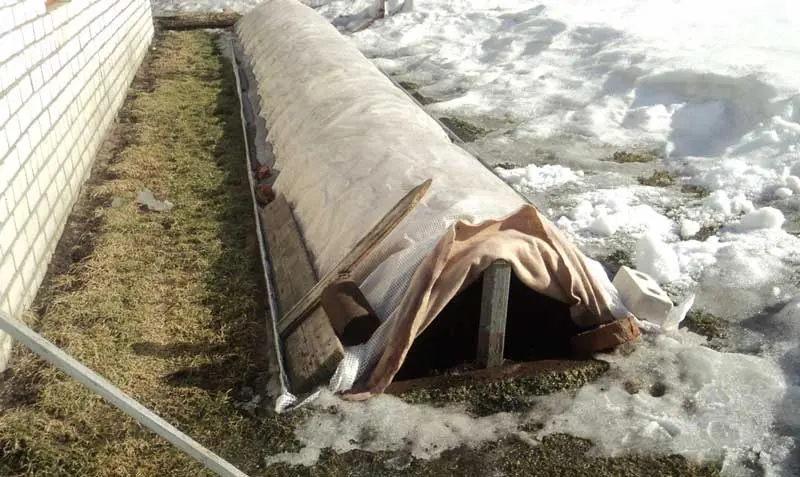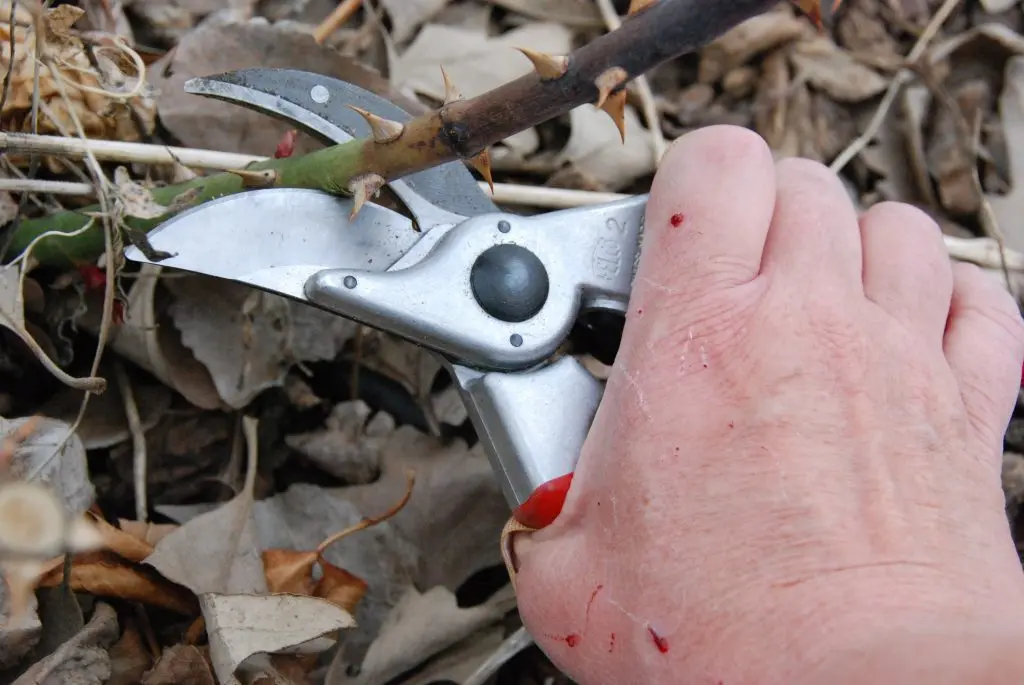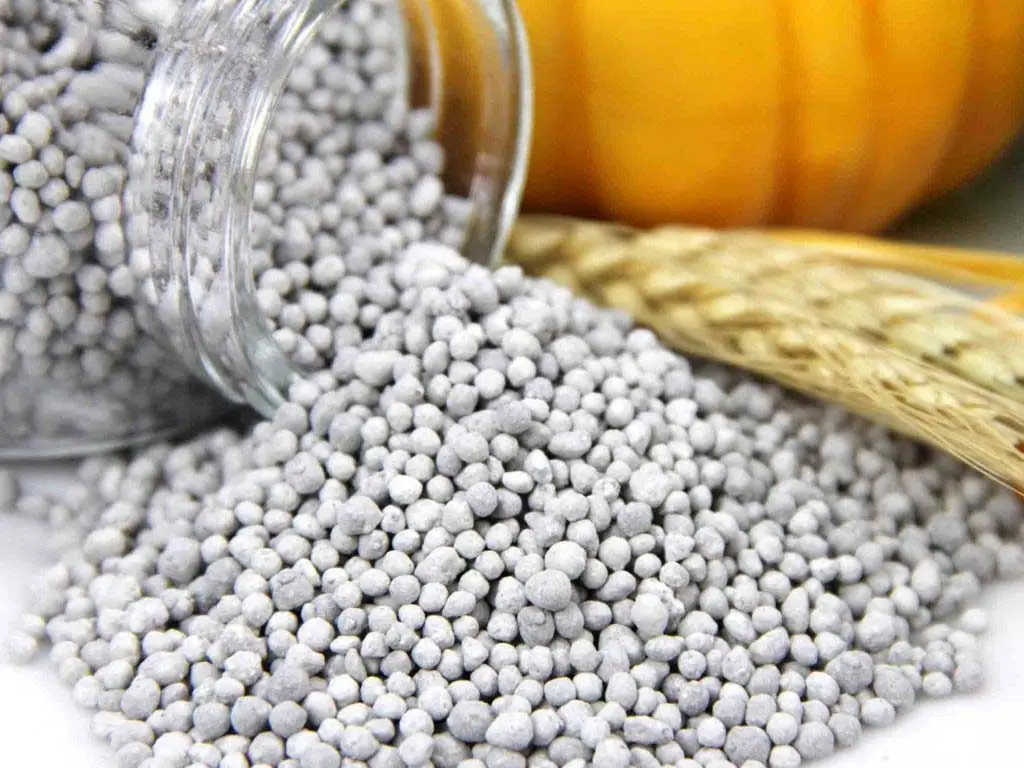Contents
A luxurious rose garden or just a small flower bed with blooming roses is a magnificent sight and a source of pride for every grower. This is probably why roses are grown in almost all regions, despite the problems with their wintering. Yes, it takes a lot of effort to grow roses in Siberia or other northern regions. But Siberian flower growers successfully cope with this task, because they know how to properly prepare the bushes so that these fragile and heat-loving flowers can winter even in the harshest climate.
Wintering features
As you know, the Siberian climate is characterized by long cold winters with a lot of snow, which melts very late. But what can warm plants better than snow? Snow, indeed, perfectly warms the roots and the ground part from freezing. If we compare the temperature of air and snow in winter, it turns out that at -20 ° C outside, the temperature of the snow cover is only -2-3 ° C, which allows roses to winter under the snow quite comfortably.
But not everything is so simple, and the wintering of roses in Siberia has its own characteristics. Local flower growers have long noticed that under a thick snow cover, roses often rot rather than freeze. Moreover, mulch (spruce branches, branches, leaves, humus), which is customary to cover roses, contributes to overheating and waterlogging of plants, which leads to such sad consequences. In this regard, it makes no sense to cover roses with organic matter in these regions, since there is enough snow.
The rose itself is a rather cold-resistant flower. It safely tolerates autumn frosts, and even frosts down to -10°C. But in order for the bushes to become cold-resistant, you need to know how to prepare roses for winter, as well as carry out all activities correctly and in advance:
- starting from mid-summer, stop applying fertilizers containing nitrogen;
- in August, stop watering the plants, but then in October, water once abundantly so that the soil is slightly moist throughout the winter;
- in early autumn, the bushes should be fed with potassium-phosphorus fertilizers (without nitrogen) – this will strengthen the root system and make the bush more resistant to adverse weather factors;

- shortly before the onset of the first frost, you need to cut off the remaining leaves with your hands and cut off the tops of the shoots;
- so that the stems in a humid environment are not exposed to infection or fungal spores, they can be treated with solutions of Bordeaux liquid, copper sulfate, or simply sprinkled with wood ash;
- in a winter with little snow, the roots of roses are spudded and sprinkled with a layer of leaves, sawdust or other organic matter; if the winter is snowy, you can do without shelter.
A bush prepared in this way is perfectly preserved under snow until spring, and even in a very harsh winter it remains alive and healthy. But here another problem appears, which is characteristic of the Siberian climate. The fact is that during the long winter the earth freezes deeply, and as soon as the snow begins to melt, and there is a lot of it, the melt water has nowhere to go, and it stagnates on the surface of the soil. This situation leads to illness and death of the bushes due to waterlogging.
If you have had to deal with this problem, then you should think about how to save roses in the Siberian climate with the help of another shelter, for example, air-dry. An air-dry shelter is an impromptu greenhouse or tunnel – a small frame on which a film, roofing felt or other heaters are stretched. The design should be arcuate, then the condensate will drain along the edges without falling on the branches, but if you make several holes in the shelter for air circulation, then the appearance of condensate can be avoided.
One film will not be enough to protect the bushes from frost, so any materials are used in addition: foam rubber, warm fabric, underlayment for laminate, agrofibre. Preparing roses for winter in such a shelter is carried out in the manner described above, only there is no need to trim the shoots. They can simply be bent to the ground and fixed. It is necessary to remove the shelter in the spring gradually so that the shrubs do not experience stress from a sharp temperature drop.
Video “Pruning and shelter for the winter”
From the video you will learn how to cut and cover the bushes for the winter.
Trimming
The opinions of flower growers about when and how to prune roses for the winter in Siberia, and whether it is so necessary, are very contradictory. Most believe that pre-winter pruning for roses is undesirable, since infection can enter through the cuts, which will weaken the plants and may even lead to their death. In addition, in the spring, the need for pruning again arises, since during the winter some shoots die or partially freeze. Therefore, in Siberia, it is wiser to prune roses once in the spring.
However, there are flower growers who consider autumn pruning mandatory for roses, as it helps the bushes survive the winter. But here it all depends on the type of rose.
It makes sense to prune garden hybrids with erect and poorly bending shoots, as well as roses that will be covered only with snow, then the branches should be cut to the height of the snow cover.
Varieties with long flexible shoots (climbing, standard), as a rule, bend down to the ground or dig in. If there are more than 10 lashes in the bush, then it is advisable to cut off the weakest ones at the root, as they create an extra load on the bush, and thereby complicate its wintering.
Video “Do I need to trim the bushes: expert opinion”
From the video you will find out whether it is necessary to cut the bushes before wintering.










